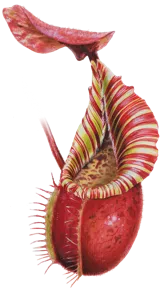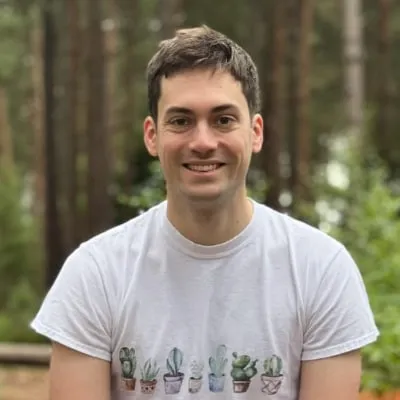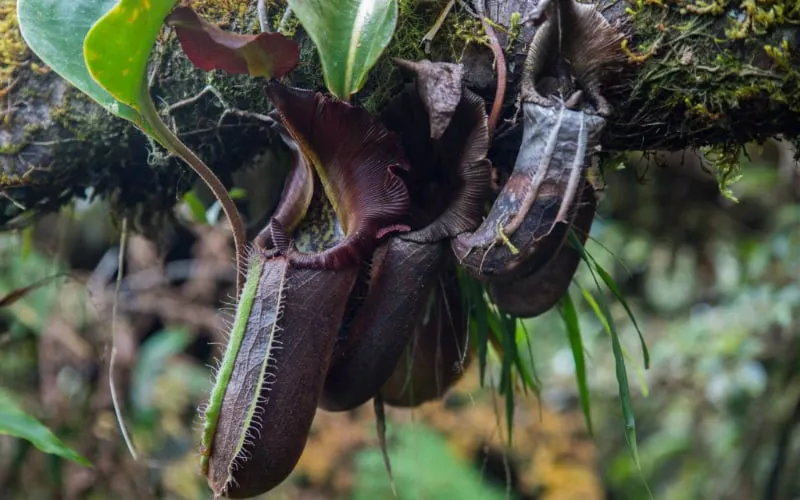Hi everyone. I hope everyone’s healthy and safe in these very strange times! You may have noticed that my blog’s been inactive for a few months, and that I haven’t restocked my shop since Spring; this is primarily a result of COVID, which has made it very difficult to both reliably import plants and to visit other nurseries and collections. Hopefully the situation will improve soon.
Today I’m excited to release a new resource for growers: an AI-powered tool for identifying the species of a Nepenthes based on its pitcher morphology. This project is a collaboration between myself and US grower Eric Huang. I can’t take any credit for the machine learning model which powers this tool; Eric is an avid Nepenthes grower and talented machine learning hobbyist, and has trained his model on more than 21,000 photos. I have simply built this model into a usable tool and hosted it right here on the website.
Here’s an example showing how it works…
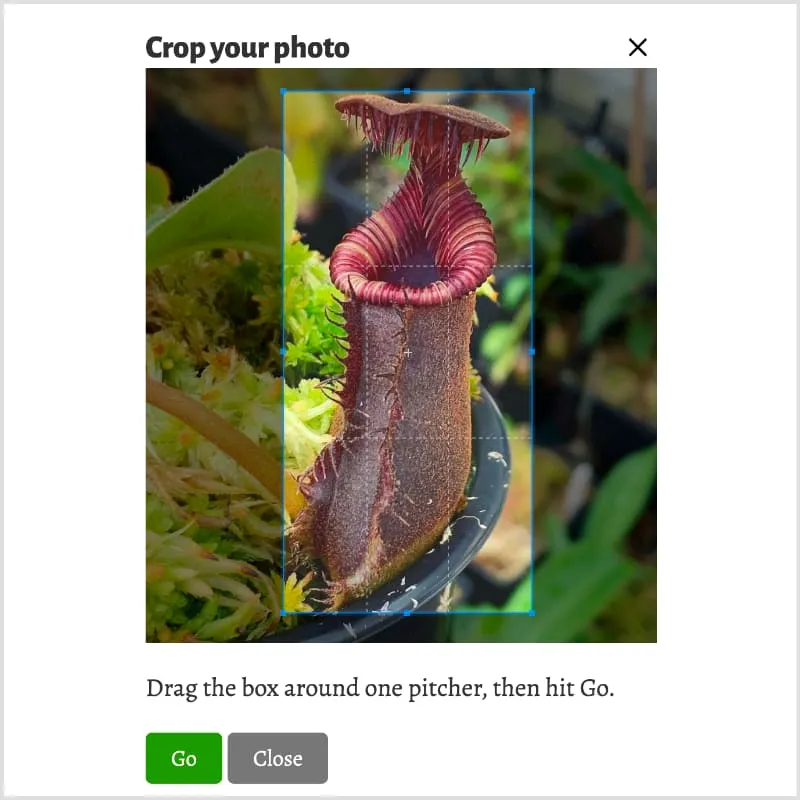

After hitting ‘Go’, please be patient - it can take the machine a while to return its prediction, especially for larger photos. Give it a try now!
This first iteration of the model has several limitations which are intended to increase its accuracy. First of all, it cannot identify hybrids. In fact, it has no conception of what a hybrid even is! Give it a photo of a hybrid and it will simply guess a species. If your plant closely resembles one of the parents it will often guess correctly, but not always.
It’s also prone to many of the same mistakes we are. Shown a photo of my lovely Nepenthes maxima - which was originally released by Borneo Exotics as N. eymae - it makes the following guess…
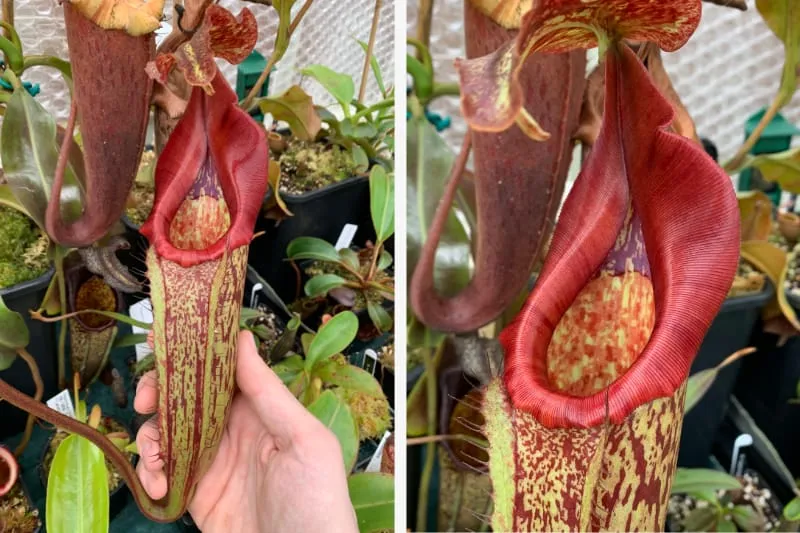
- Best guess: N. eymae_lower, confidence: 86.7%
- Second guess: N. talangensis, confidence: 10.8%
- Third guess: N. flava, confidence: 0.9%
Don’t worry Skynet, we thought it was too.
Another limitation to be aware of is that its species list is still incomplete. Certain species groups which are notoriously difficult to differentiate have been clumped together, such as the N. alata and N. maxima groups. Doing so yielded a significant increase in overall accuracy. The program is also missing obscure species like N. tenax and N. zygon - species for which there wasn’t enough training data to give the machine an accurate idea of their appearance. Finally, there are species which Eric is actively working on incorporating right now. In the next release, it will be able to identify N. undulatifolia, N. thorelii, N. tenuis, N. singalana, N. ramispina, N. northiana, and N. mirabilis.
Please remember that the Nepenthes Identifier is intended as a fun application of AI to horticulture, not as a scientific tool! It will not contribute a breakthrough to the debate around N. truncata, N. robcantleyi, and N. nebularum, for example. It’s simply meant as a fun and educational tool for growers, much like my Nepenthes Interactive Guide.
If it proves popular, we may extend the tool in future. I’d like to train it to identify popular hybrids. Eric has even floated the idea of extending it to become a predictor: based on its understanding of two species, and of the traits they tend to pass onto their hybrid offspring, could it ever output an image showing what a particular cross might look like? This is a long way off, and it remains to be seen whether it would be possible to obtain sufficient data to train such a model. The variability of many species, and the sheer variety of offspring which is observed in even a single grex of a simple primary hybrid, would pose significant challenges. Nevertheless, it’s certainly an interesting idea.
Thanks for reading! I hope everyone enjoys experimenting with the tool. If you have feedback or suggestions, please leave a comment below or get in touch via email.
Top photo credit: Nepenthes robcantleyi, photographed in situ by Laurent Taerwe.
